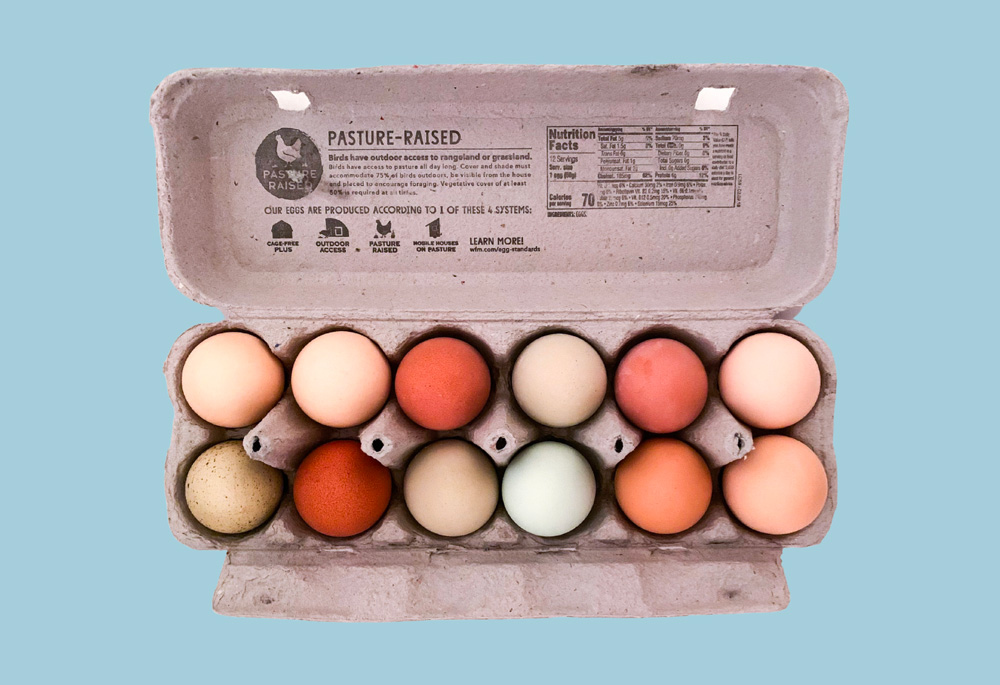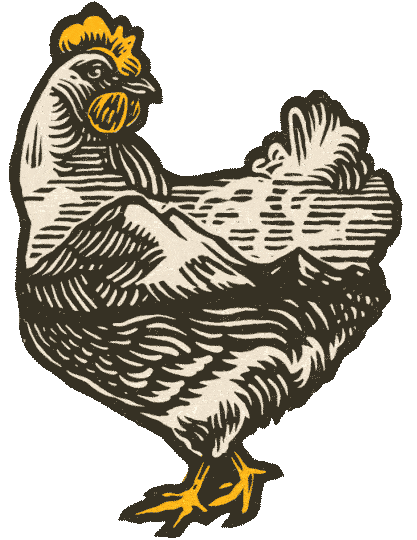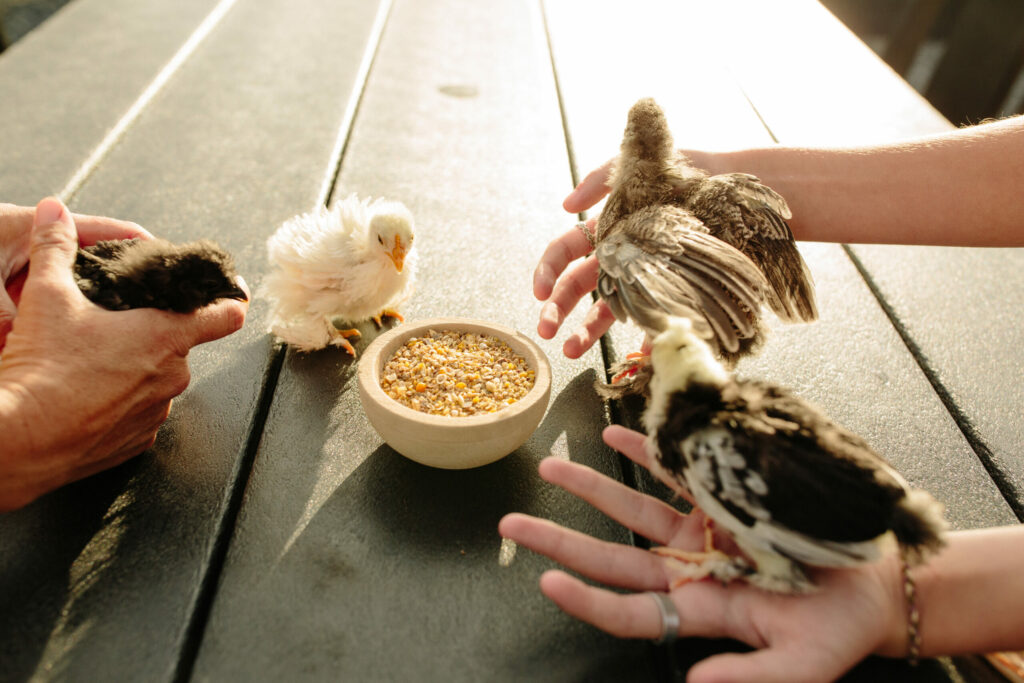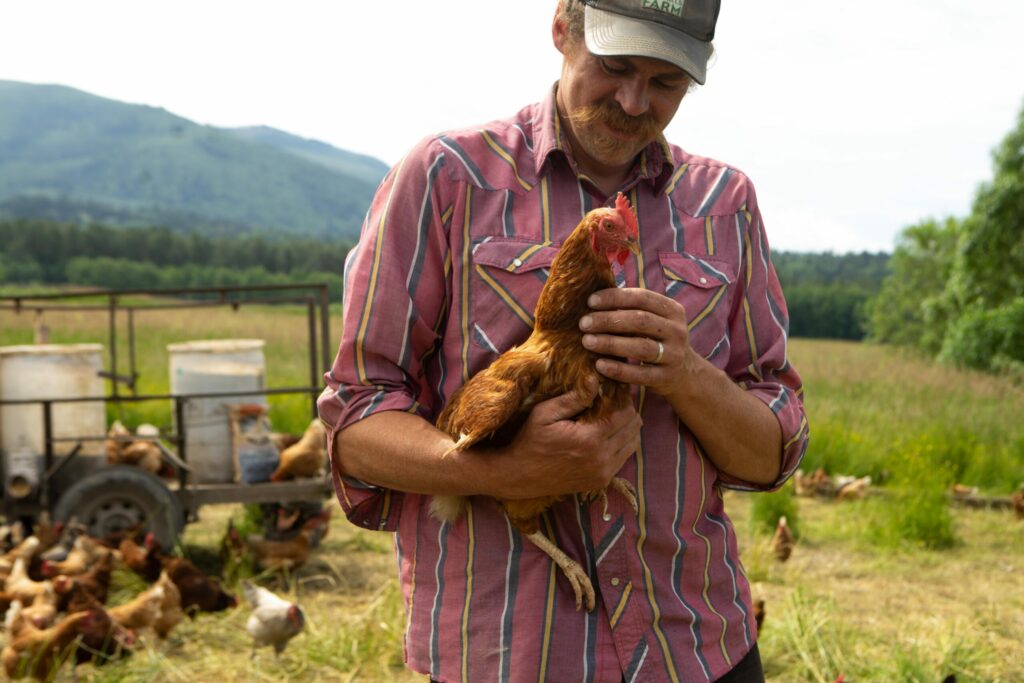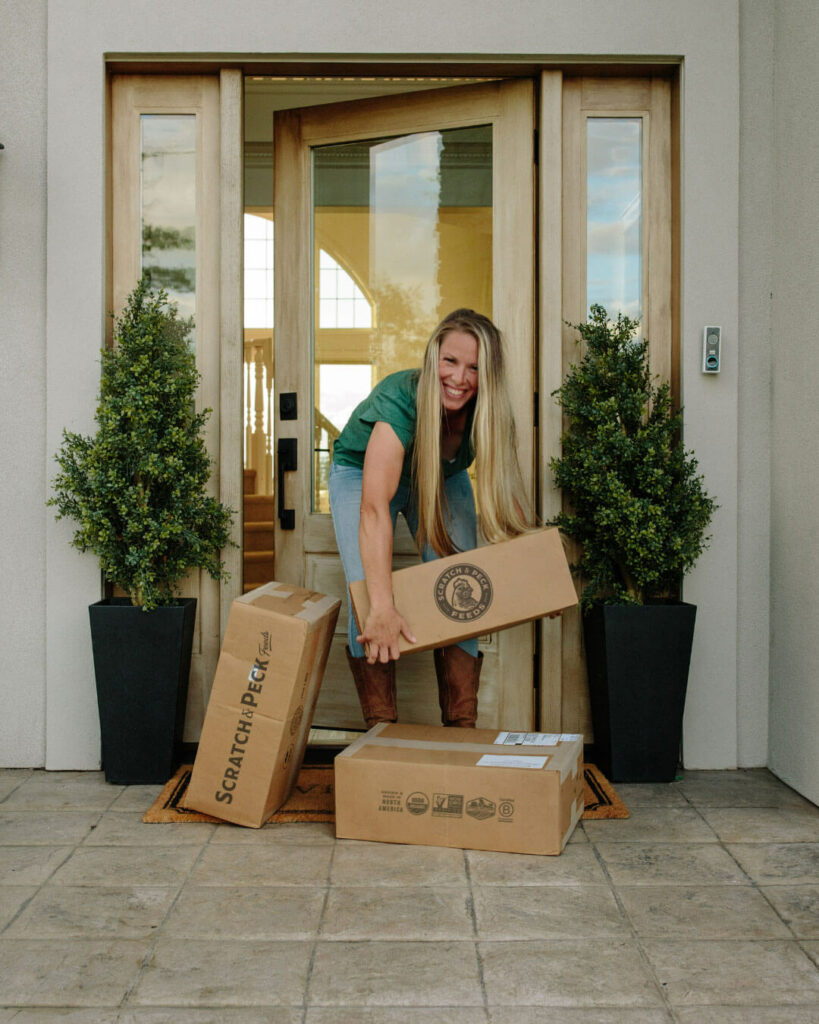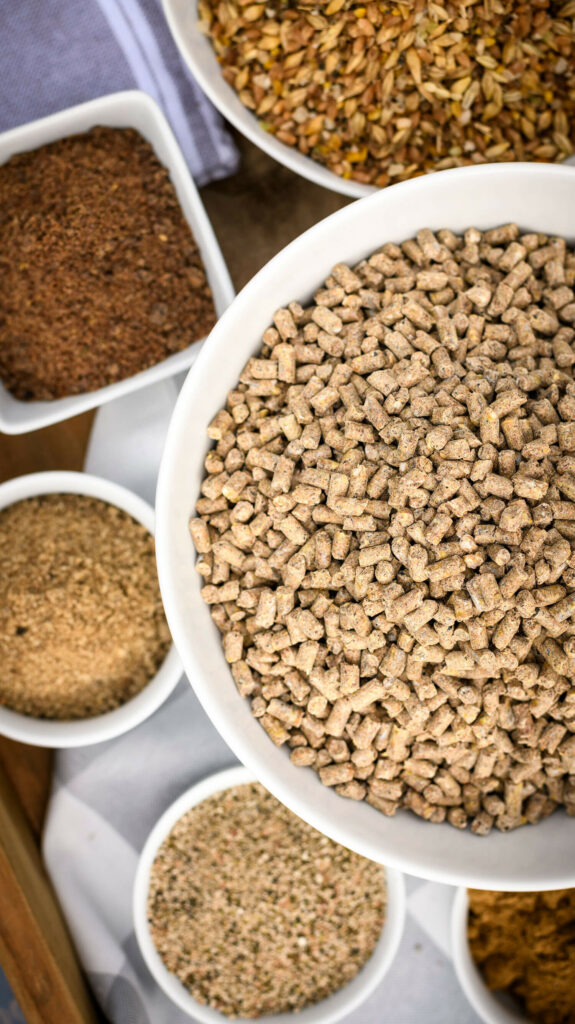 Have you ever looked around at all the different types of eggs you can buy at the store? I never really thought about it before I got chickens. I grabbed the 18-pack of white eggs and never questioned a single thing about them. However, that changed once I got chickens. It got me thinking, what do the labels on egg cartons really mean? I couldn’t figure out why the store-bought Free-Range eggs paled in comparison to my free-range backyard chicken eggs. However, it didn’t take long to figure out that the USDA definition and my definition of Free-Range are completely different.
Have you ever looked around at all the different types of eggs you can buy at the store? I never really thought about it before I got chickens. I grabbed the 18-pack of white eggs and never questioned a single thing about them. However, that changed once I got chickens. It got me thinking, what do the labels on egg cartons really mean? I couldn’t figure out why the store-bought Free-Range eggs paled in comparison to my free-range backyard chicken eggs. However, it didn’t take long to figure out that the USDA definition and my definition of Free-Range are completely different.
What is Grading and Does It Actually Matter Most of us have bought eggs labeled as Grade AA or Grade A, but do we know what those terms mean? Grading is not a requirement, but a voluntary service provided by the USDA to essentially certify the quality of the eggs. Farmers pay to have their eggs graded, which is why some egg cartons have grades and others don’t. At the time of packaging, the eggs are assessed and graded on the interior and exterior quality. They assess cleanliness, the number of cracks or spots on the shells, the size of the yolk, the egg whites, and the air cell. Depending upon these qualities, the eggs receive an AA, A, or B grade.
Most of us have bought eggs labeled as Grade AA or Grade A, but do we know what those terms mean? Grading is not a requirement, but a voluntary service provided by the USDA to essentially certify the quality of the eggs. Farmers pay to have their eggs graded, which is why some egg cartons have grades and others don’t. At the time of packaging, the eggs are assessed and graded on the interior and exterior quality. They assess cleanliness, the number of cracks or spots on the shells, the size of the yolk, the egg whites, and the air cell. Depending upon these qualities, the eggs receive an AA, A, or B grade.
At first glance, grading seems like a great system to help consumers purchase high-quality eggs. However, there are some red flags that should not be overlooked. Eggs are graded at the time of packaging when they are fresh. By the time they reach the stores, they are usually around 30 days old. The store then has an additional 30 days to sell the eggs. Prolonged storage decreases the quality of eggs.
The grading would look completely different after two months of sitting in a carton. In addition, all eggs are graded on the same scale. Eggs from hens who have spent their whole lives in cages can share the same grade as eggs that come from hens who roam free on acres of pasture. It’s important to be aware of the red flags because the system is not designed to help consumers, it’s designed to mislead them.
Cage-Free Labels
Cage-Free sounds a lot better than Barn-Raised, but it’s no different. While Cage-Free is a step in the right direction, it’s important to understand what the term actually describes: an attempt at increasing the quality of life for a chicken without letting them outside the barn. Even though the hens are no longer in compact battery cages, they are still confined indoors.
The chickens may be cage-free, but this is not a cruelty-free system. Ideally, the hens would be able to move around, stretch their wings, and lay their eggs in nesting boxes.
But the regulations for Cage-Free only require one square foot of space per chicken. That is basically the size of a chicken. It’s an extremely stressful environment for chickens and mortality rates are high. When it comes to Cage-Free, it’s nowhere near cruelty-free, but it’s still a step forward.
Free-Range Doesn’t = Outside
When I think of the term Free-Range, I think of my backyard chickens pecking at my lawn and running across the yard with their wings spread wide. The term is extremely misleading because, per USDA regulations, Free-Range doesn’t = outside. The regulation states that the chickens need to have some sort of access to the outside, but there are no specific regulations on what access actually means – it could just be a door that has the potential of being opened but never is.
A carton of eggs that lists Free-Range and 100% Vegetarian Diet means that the chickens have not spent any time outdoors. Why? Because chickens are omnivores, and if they were able to go outside where they had access to insects, they would eat the insects which are not part of a vegetarian diet. Returning to the question of what do the labels on egg cartons really mean? When it comes to Free-Range, the label does not mean what you’d hope or expect it to.
Pasture-Raised
Pasture-Raised eggs are available in most stores. They are likely the best option for egg quality, the environment, and the quality of life for the chickens. Pasture-raised chickens tend to spend most of their lives outside and have access to a natural diet along with grain.
When purchasing Pasture-Raised eggs, it’s important to look into the farm the eggs came from. There are no federal regulations to label eggs Pasture-Raised, however, the USDA does require documentation from the farmers to use the term.
Support Local
If you’re able to purchase eggs from a farmers market or a local farm, they are typically better than anything you can buy in a store. Your purchase supports the farmer at the source, as well as your local economy and community. Find a trusted farm nearby or ask a friend with a backyard flock if they sell eggs. Or better yet, get some backyard chickens of your own!
Backyard Chickens
Backyard chickens are a great addition to any family! A flock of three to four chickens can supply a family with plenty of eggs for breakfast, baking, and even sharing with pets. My dog loves getting a fresh egg served over her kibble every day! Chickens make great pets; they are friendly, low maintenance, and have tons of personality. Additionally, backyard chickens have a positive impact on the environment in three main ways. First, they reduce your food waste. Chickens can eat almost anything and make great garbage disposals, helping to keep food waste out of landfills. Second, they turn that food waste into nutrient-rich compost that you can use around your yard or garden. Finally, backyard chickens are the best alternative to factory-farmed poultry. These poultry farms are among the worst sources of air pollution.
If you want to know exactly where your eggs come from, what the chickens are fed, and how they are treated, backyard chickens are the best option for you! No experience with chickens? No problem! I was in the same boat two years ago, but I knew I wanted to make a sustainable change. If you want to learn more about raising chickens, start by using the Scratch and Peck blog as a free source of information! Then come hang out with me @chickenchaserbri on Instagram where you can learn everything from raising chicks to breaking a broody hen.
